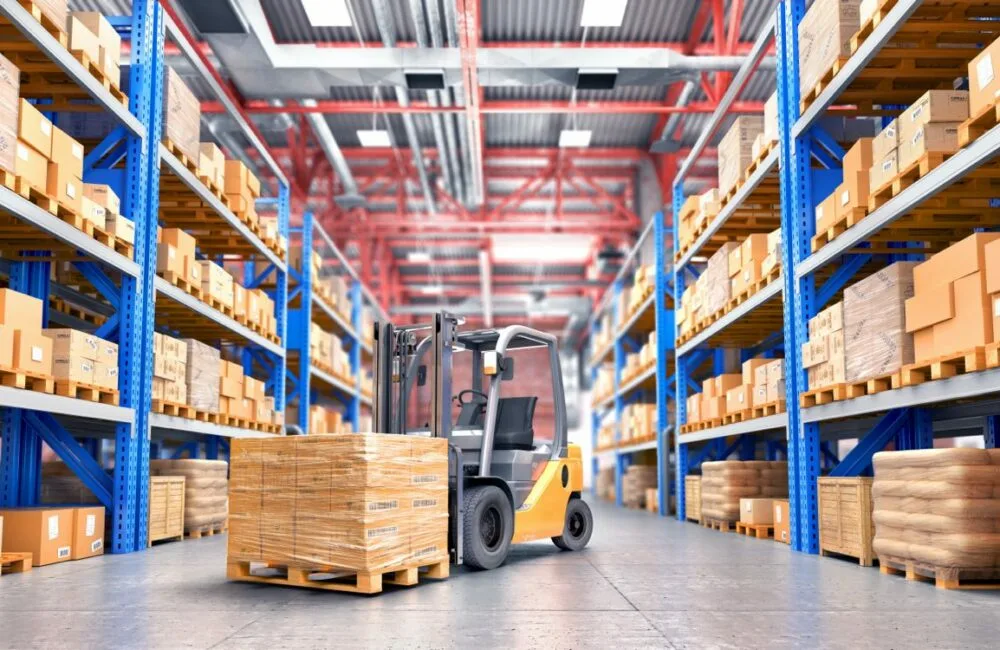Tubed packaged goods are a ubiquitous element in daily life, spanning numerous industries such as personal care, pharmaceuticals, food, and industria
Tubed packaged goods are a ubiquitous element in daily life, spanning numerous industries such as personal care, pharmaceuticals, food, and industrial products. Their versatile design and convenient dispensing features have made them a preferred packaging solution globally. Understanding the market dynamics, evolving consumer behavior, and innovation trends in tubed packaging provides valuable insights for manufacturers, brands, and marketers.
This article explores how market forces shape the tubed packaged goods industry, analyzes consumer preferences and purchasing patterns, and highlights recent innovations that are redefining tubed packaging.
Must visit: swiftnewsnow

Market Dynamics of Tubed Packaged Goods
1. Market Size and Growth
The global market for tubed packaged goods is substantial and growing steadily. Driven by increasing demand for convenience, hygiene, and product protection, the industry is expanding across regions and product categories.
Key sectors fueling growth include:
- Personal Care: Toothpaste, skincare creams, and cosmetic products are dominant users of tubed packaging.
- Pharmaceuticals: Ointments, gels, and topical medications rely heavily on tubes for safe and hygienic dispensing.
- Food: Specialty food pastes like sauces, condiments, and cheese spreads are increasingly adopting tubes.
- Industrial: Adhesives, sealants, and lubricants in tubes are vital in manufacturing and repair sectors.
Market growth is propelled by urbanization, rising disposable incomes, and increased health and beauty consciousness, particularly in emerging economies.
2. Competitive Landscape
The tubed packaging industry is highly competitive with key players including packaging manufacturers, brand owners, and raw material suppliers. Collaboration across the supply chain is critical to innovate and meet evolving consumer needs.
Companies differentiate themselves through:
- Product quality and durability
- Innovative tube designs and materials
- Sustainability initiatives
- Customization and branding capabilities
Regional players also contribute significantly, adapting products for local markets.
3. Regulatory Influences
Packaging regulations concerning product safety, labeling, and environmental compliance impact the tubed goods market. Policies on recyclable packaging, limits on hazardous materials, and waste reduction directives influence material selection and tube design.
Compliance with international standards such as FDA, EU Cosmetics Regulation, and ISO packaging standards is essential for market access.
Consumer Behavior and Preferences
1. Convenience and Ease of Use
Consumers prioritize convenience in packaging. Tubes offer portability, easy dispensing, and minimal mess, making them ideal for on-the-go lifestyles and frequent usage.
Features such as flip-top caps, ergonomic shapes, and controlled nozzles enhance user satisfaction.
2. Hygiene and Product Integrity
The demand for hygienic packaging that prevents contamination and preserves product efficacy is strong. Tubed packaging reduces direct contact and exposure to air, extending product shelf life.
Consumers also value tamper-evident features and airtight seals.
3. Aesthetic Appeal and Brand Identity
Packaging acts as a silent salesman. Tubes provide a large printable surface that allows brands to express identity, attract attention, and communicate benefits clearly.
Trendy designs, vibrant colors, and textured finishes influence purchase decisions, especially in beauty and personal care segments.
4. Sustainability Concerns
Modern consumers increasingly demand eco-friendly packaging. They are more likely to support brands that use recyclable or refillable tubes and demonstrate environmental responsibility.
Transparency regarding material sourcing, carbon footprint, and disposal instructions influences brand loyalty.
5. Price Sensitivity
While many consumers appreciate premium packaging features, price remains a key consideration. Cost-conscious buyers look for value, balancing quality with affordability.
Brands often offer tiered product lines with different tube designs to appeal to various economic segments.
Innovation Trends in Tubed Packaged Goods
1. Advanced Materials
Innovations in material science are transforming tubed packaging:
- Flexible Barrier Films: New laminates provide superior protection with less weight.
- Sustainable Plastics: Bio-based and recycled plastics are gaining ground.
- Metallic Finishes: Aluminum or metallized coatings add aesthetic and barrier properties.
These advancements improve shelf life, reduce environmental impact, and enhance user experience.
2. Smart and Interactive Packaging
Digital technologies are integrating with tubed packaging to engage consumers:
- QR Codes and NFC Tags: Enable access to detailed product information, authenticity verification, and marketing content.
- Augmented Reality (AR): Interactive packaging campaigns use AR to educate and entertain users.
- Usage Sensors: Innovative caps track product usage and send refill reminders.
3. Customization and Personalization
The rise of personalized products drives demand for custom tube designs and printings, such as:
- Limited edition runs
- Personalized names or messages
- Custom color schemes
These enhance emotional connections and foster brand loyalty.
4. Enhanced Dispensing Technologies
New dispensing mechanisms improve usability and minimize product waste:
- Airless Tubes: Protect sensitive formulations by preventing air exposure.
- Precision Nozzles: Allow targeted application, essential in medical and cosmetic products.
- Dual-Chamber Tubes: Enable mixing of ingredients upon dispensing.
5. Sustainability-Focused Innovations
Innovations to boost sustainability include:
- Mono-material Tubes: Simplify recycling.
- Refillable Systems: Promote reuse.
- Lightweight Designs: Reduce material usage.
- Eco-Friendly Printing: Use of soy or water-based inks.
Challenges and Opportunities
Challenges
- Recycling Infrastructure: Limited availability in many regions hampers sustainable tube recycling.
- Cost of Innovation: Advanced materials and technologies increase production costs.
- Consumer Awareness: Lack of knowledge about tube disposal and sustainability impacts.
- Material Compatibility: Ensuring packaging materials do not interact negatively with products.
Opportunities
- Emerging Markets: Growing demand for personal care and pharmaceuticals in Asia, Latin America, and Africa.
- E-Commerce Growth: Packaging designed for durability and branding in online retail.
- Collaborative Innovation: Cross-industry partnerships to develop circular packaging solutions.
- Regulatory Alignment: Early compliance with evolving environmental regulations.
Case Study: Tubed Packaging in the Skincare Industry
A leading skincare brand revamped its packaging by introducing an airless tube made of recycled polyethylene. This change resulted in:
- 30% reduction in plastic usage
- Improved product preservation
- Positive consumer feedback on eco-friendliness
- Increased sales due to enhanced shelf appeal and sustainability messaging
This case highlights the intersection of innovation, consumer preference, and sustainability driving market success.
Tips for Brands Entering or Expanding in the Tubed Packaging Market
- Conduct thorough market research to understand regional preferences and regulations.
- Invest in sustainable materials and communicate environmental initiatives clearly.
- Focus on user-centric design that balances ergonomics, aesthetics, and functionality.
- Explore digital engagement tools to differentiate the product.
- Collaborate with experienced packaging suppliers and recyclers.
- Monitor emerging trends and remain adaptable.
Frequently Asked Questions (FAQs)
Q1: What types of products commonly use tubed packaging?
A: Personal care (toothpaste, creams), pharmaceuticals (ointments, gels), food (sauces, pastes), and industrial products (adhesives, sealants).
Q2: How does tubed packaging benefit consumers?
A: It offers convenience, portability, hygiene, and controlled dispensing.
Q3: Are tubed packages recyclable?
A: Many are, especially mono-material plastic tubes, but multilayer tubes can be difficult to recycle.
Q4: What innovations are improving tubed packaging sustainability?
A: Use of recycled/bio-based plastics, refillable tubes, lightweight designs, and eco-friendly inks.
Q5: How can brands personalize tubed packaging?
A: Through custom prints, limited editions, special finishes, and personalized labeling.
Q6: What role does e-commerce play in tubed packaged goods?
A: It drives demand for durable, attractive packaging that performs well in shipping and attracts online consumers.
Conclusion
Tubed packaged goods are a dynamic segment influenced by evolving market forces, shifting consumer behaviors, and rapid innovation. The blend of convenience, hygiene, and aesthetic appeal ensures their continued relevance across industries.
Sustainability is emerging as a decisive factor shaping the future of tubed packaging, prompting brands and manufacturers to adopt greener materials and circular models. Meanwhile, digital technologies and personalized experiences are enhancing consumer engagement.
For companies aiming to thrive, staying attuned to market trends, investing in innovation, and committing to environmental responsibility will be key to capturing consumer loyalty and achieving long-term growth in the competitive tubed packaging landscape.




COMMENTS